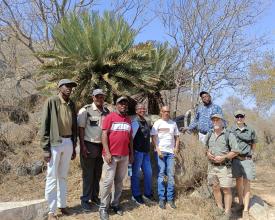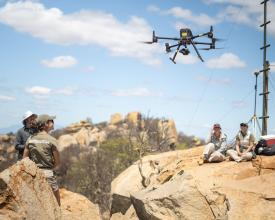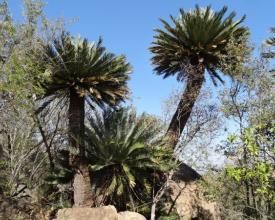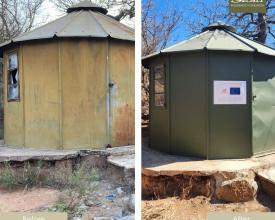
Protecting the Critically Endangered Lillie Cycad
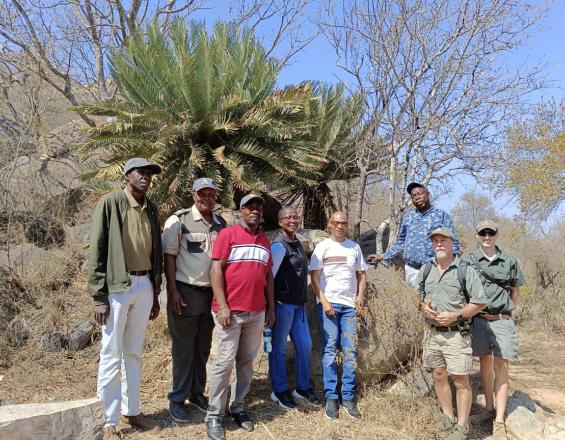
The Lillie Cycad Reserve on Selati Game Reserve (South Africa) is a site of unique ecological significance as it is the sole natural habitat of the critically endangered cycad species, Encephalartos dyerianus. Cycads worldwide are facing extinction at the hands of poaching for the horticultural trade. Through a grant received via the IUCN, we were able to embrace technology and human resources for both remote and on-the-ground monitoring and have avoided unnatural losses of cycads to date since their deployment. The project enabled us to gain recognition and form a partnership with cycad specialists who are guiding us on a comprehensive drone monitoring survey. Using RGB and LiDAR technology, we hope to gain an accurate baseline population density, providing crucial insights into the species’ demographic trends and spatial distribution.
This project is part of the IUCN Save Our Species African Wildlife initiative, which is co-funded by the European Union
Impacts
- 24 Wildlife Protection Solutions (WPS) cameras were deployed on the Lillie Cycad Reserve
- We had aimed to achieve 100% decline in the number of cycads poached which was achieved. This compared to 3 cycads poached in 2022.
- No incursions onto the property since the deployment of the WPS cameras
- Extra security personnel employed to monitor the Security Operations Room and and an inverter system added to allow for 24/7 monitoring, even during power disruptions
- Sub-contracted Field Rangers were equipped with handheld radios & binoculars for their foot patrols
- Substantial refurbishment of infrastructure has been completed at the Lillie Cycad Reserve including road upgrades, camp refurbishment and solar solutions
- Whilst the focus of the project was to protect Encephalartos dyerianus, we can assume that the enhanced monitoring, access control and security has protected additional fauna and flora.
- The project enabled us to gain recognition and form partnerships with specialists and we are now embarking on a comprehensive drone survey of the area. The study will employ cutting-edge RGB and LiDAR technologies to compile a dataset that will provide us with a deeper understanding of the ecological dynamics that sustain the cycad in its natural environment. This dataset, when compared with data from similar adjacent areas, will facilitate the exploration of key environmental variables that influence the cycads' distribution.

